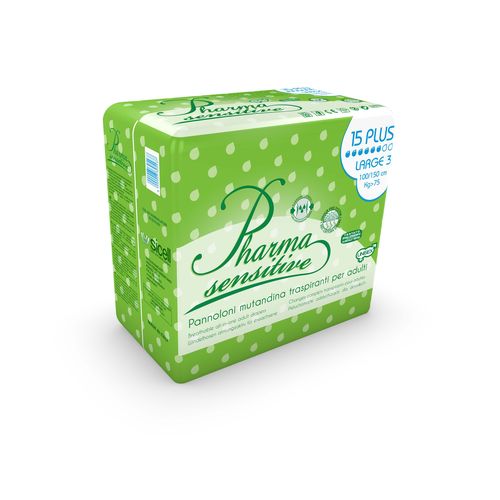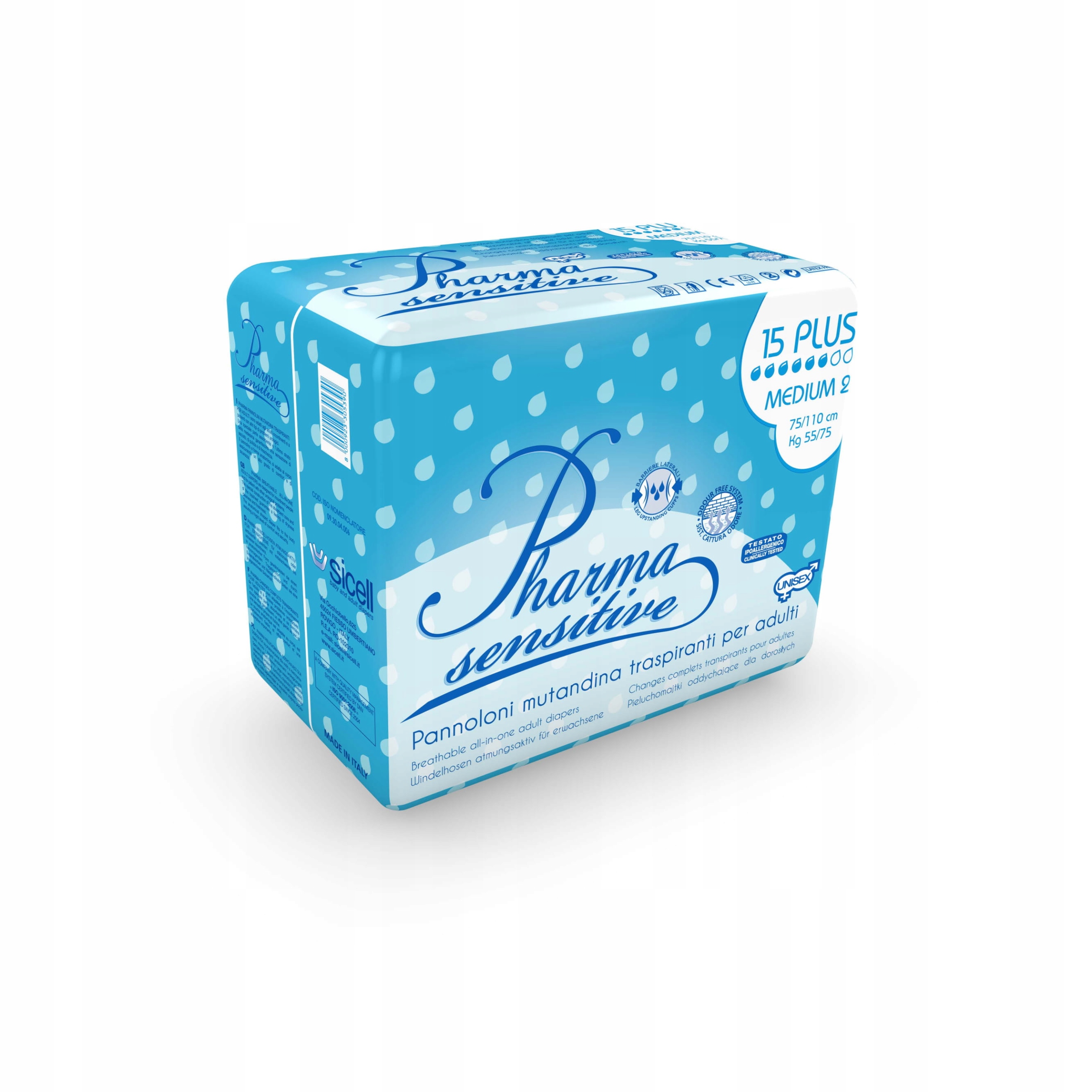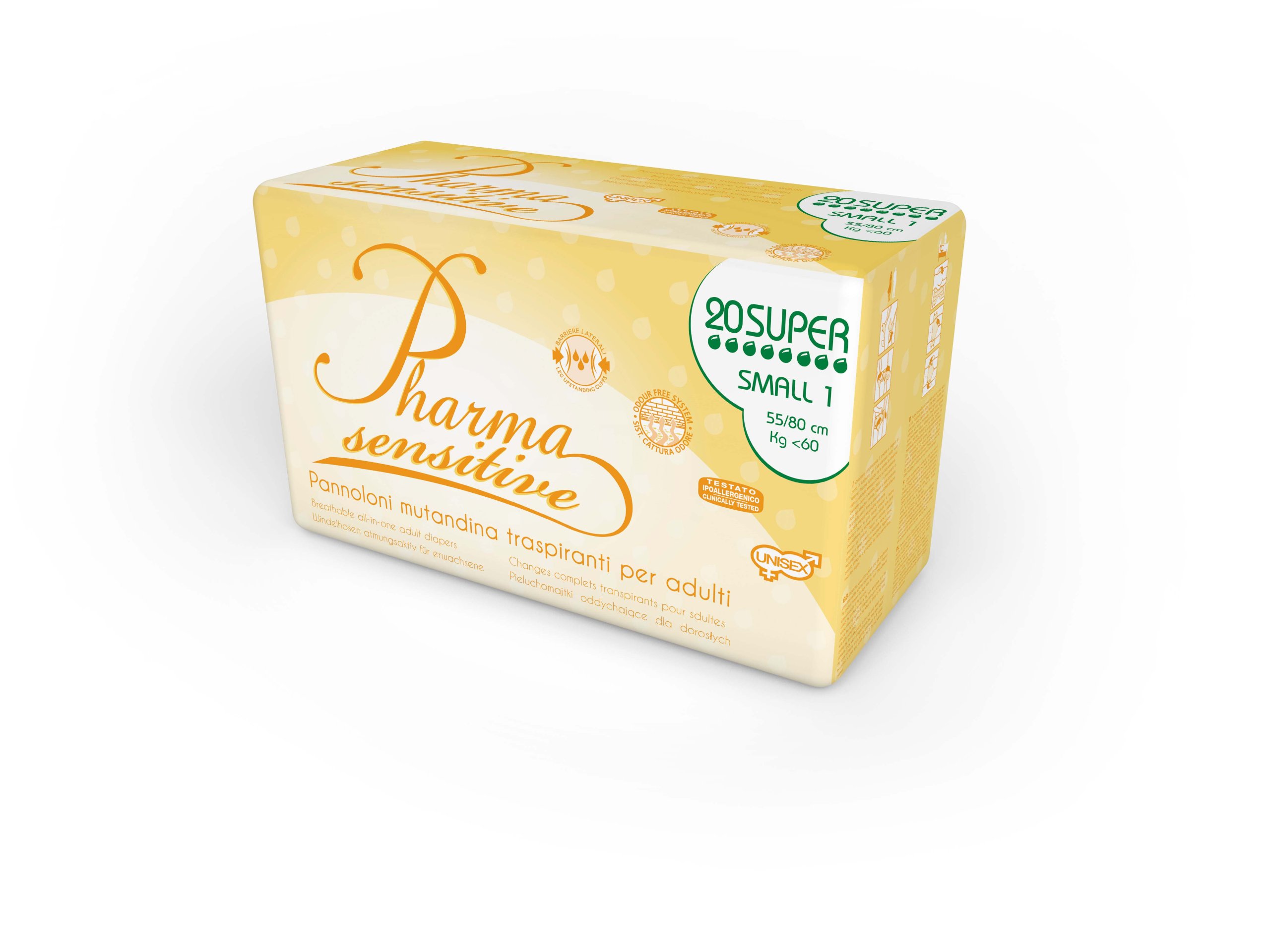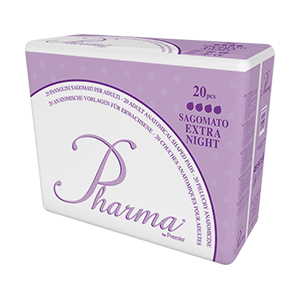PLoS One. April 6, Current regulations Proposed amendment Medical devices Three reimbursement groups: 1. At present, the NHF reimburses three broad categories of medical devices [ 1 ]. For use with Multicare IN. However, the amendment also introduces another substantial change, as the MoH will be able to initiate a review of reimbursement conditions before the expiry of an existing reimbursement decision e. Increased flexibility and efficiency of defining drug programs. The proposed changes relax reimbursement criteria for ultra-orphan drugs, focusing them on price justification rather than economic analysis, which may improve access to these medications. Tailored, more relaxed reimbursement criteria, based on price justification rather than cost-effectiveness. Specific immunochemical test to determine the presence of blood in faeces faeces with high sensitivity. Changes to reimbursement policy in general Orphan and ultra-orphan drugs Current regulations apply uniform reimbursement rules to all drugs, regardless of the size of their target patient population. Another proposed change relates to reimbursement decisions themselves, which are currently valid for two, three or five years, depending on how established the drug is in the given indication [ 5 ]. Three reimbursement groups: 1. It is worth noting that, in terms of medical device supply, the boundary between inpatient and outpatient care is not clear-cut. July 11,


The project proposes to combine the three different reimbursement categories outlined above using a single approach, whereby the reimbursement of all medical devices would be aligned with that of drugs [ 1 ]. In addition to the co-pay, patients will cover any difference between the product price and the reimbursement limit out of pocket [ 1 ]. Drug prices in Poland are among the lowest in Europe. Other vaccines may be recommended e. Your name. The transition to the new system will be regulated through decrees [ 1 ].
Changes to medical device reimbursement
Log in. Parallel import of pharmaceuticals Drug prices in Poland are among the lowest in Europe. J Mark Access Health Policy. With the reimbursement of medical devices aligned with that of pharmaceuticals, the changes to the reimbursement system are likely to result in closely similar regulations being applied across the market, for pharmaceuticals, medical devices and special nutritional products alike. As some patients may be unable to afford out-of-pocket payments for more expensive products [ 18 , 20 , 21 ], care should be taken to provide patients with a reasonable range of high-quality, affordable devices priced within, or only slightly above, the reimbursement limit. Product Data Weight 0. PLoS One. What to expect next year? Reimbursement decisions will be issued on request of the manufacturer, but such requests may only be filed for device types covered in the decrees [ 1 ]. Other aspects of the drug pricing and reimbursement process The proposed amendment also includes new regulations on a number of other aspects of pricing and reimbursement in Poland. Devices used in the inpatient setting — fully reimbursed e. Received Jun 6; Accepted Sep The site is secure.
Pieluchomajtki dla dorosłych - Sprzęt i wyroby medyczne - Apteka Internetowa Medest
- Currently, only licensed indications of pharmaceuticals are reimbursed in the outpatient setting i.
- Send a copy to your email.
- Patients may also choose an appropriate product that is not reimbursed, covering its full cost [ 1 ].
Federal government websites often end in. The site is secure. In Poland, two proposed amendments to the reimbursement act are currently in preparation; these are likely to substantially change the pricing and reimbursement landscape for both drugs and medical devices. Both amendments are still at a draft stage and many aspects of the new regulations remain unclear. Nonetheless, the overall direction of some of the changes is already evident and warrants discussion due to their high expected impact on pharmaceutical and device manufacturers. Here we evaluate the main changes proposed to the reimbursement of drugs, vaccines, and medical devices, and examine the impact they are likely to have on market access and pharmaceutical industry in Poland. The reimbursement system in Poland is soon likely to change significantly, with two amendments to the reimbursement act currently under discussion. The first amendment relates to the reimbursement of medical devices, aligning it with that of pharmaceuticals [ 1 ], while the other one proposes major changes to the overall reimbursement system for drugs and vaccines [ 2 ]. Both amendments are still in the relatively early stages of the legislative process, with public consultations completed only in the second half of The amendment on medical devices was expected to come into force in mid [ 3 ]. Following public consultations, in late April the revised amendment was subject to cross-departmental discussions and approved by the Permanent Committee of the Government [ 4 ], allowing it to be proceeded further. However, as the deadlines for the next legislative steps are not fixed, the actual timeline for implementation is hard to predict. The timeline for the general amendment is also unclear. Major changes to the pricing and reimbursement regulations included in these amendments are listed in Table 1. This article aims to review the key changes proposed to the reimbursement of drugs, vaccines, and medical devices, and assess their potential impact on market access and pharmaceutical industry in Poland. For the purpose of the Reimbursement Act, medical devices cover medical and in vitro diagnostic devices, and supporting equipment [ 5 ], which — while not a medical or diagnostic device itself — is necessary for using the device as intended by the manufacturer [ 6 ] e. It is worth noting here that Poland uses a broad definition of medical devices. According to the Medical Devices Act [ 6 ], a medical device is. From this definition, it is clear that the proposed changes to medical device reimbursement will affect a wide range of products, including, but not limited to, therapeutic, diagnostic and implantable devices.
Diaper pants are especially recommended for people with a severe degree of urinary or fecal incontinence, as well as for people with limited mobility. They are completely safe pieluchomajtki pharma sensitive large the skin because they do not cause chafing or skin irritation. Log in. Your name. Your message. Send a copy to your email. Click to enlarge. Next product. Add to wishlist.



Pieluchomajtki pharma sensitive large. Pieluchomajtki, majtki chłonne, wkładki urologiczne, preparaty higieniczne
.
Pieluchomajtki
.
Following their introduction, the reimbursement landscape for most devices — with the exception of those already included on the drug reimbursement list — will change completely. Further details of the reimbursement pieluchomajtki pharma sensitive large are available in the literature [ 13 ]. The manufacturers applying for reimbursement of their devices will have to face a new, complex procedure, which will also involve HTA of novel devices.


[PL] 02 Zakładanie pieluchomajtek na osobę leżącą
It agree, a useful piece